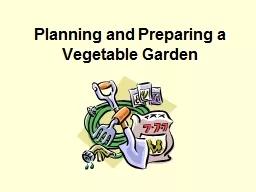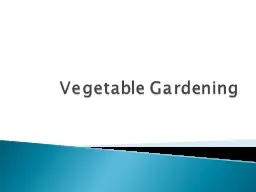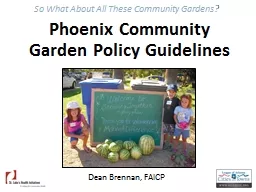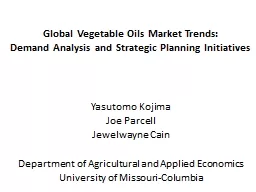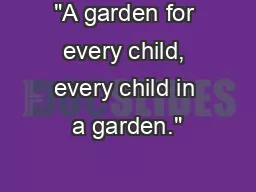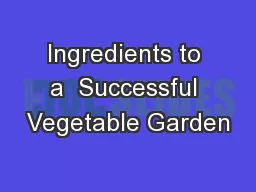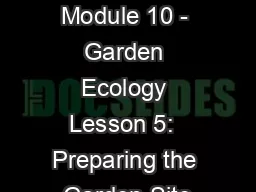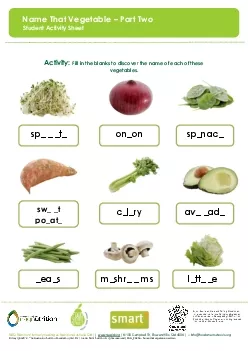PPT-Planning and Preparing a Vegetable Garden
Author : lois-ondreau | Published Date : 2017-05-30
Benefits of Having a Home Garden Know where your food comes from and what goes into it Vegetables can be enjoyed at peak freshness nutritional value Grow the
Presentation Embed Code
Download Presentation
Download Presentation The PPT/PDF document "Planning and Preparing a Vegetable Garde..." is the property of its rightful owner. Permission is granted to download and print the materials on this website for personal, non-commercial use only, and to display it on your personal computer provided you do not modify the materials and that you retain all copyright notices contained in the materials. By downloading content from our website, you accept the terms of this agreement.
Planning and Preparing a Vegetable Garden: Transcript
Download Rules Of Document
"Planning and Preparing a Vegetable Garden"The content belongs to its owner. You may download and print it for personal use, without modification, and keep all copyright notices. By downloading, you agree to these terms.
Related Documents

